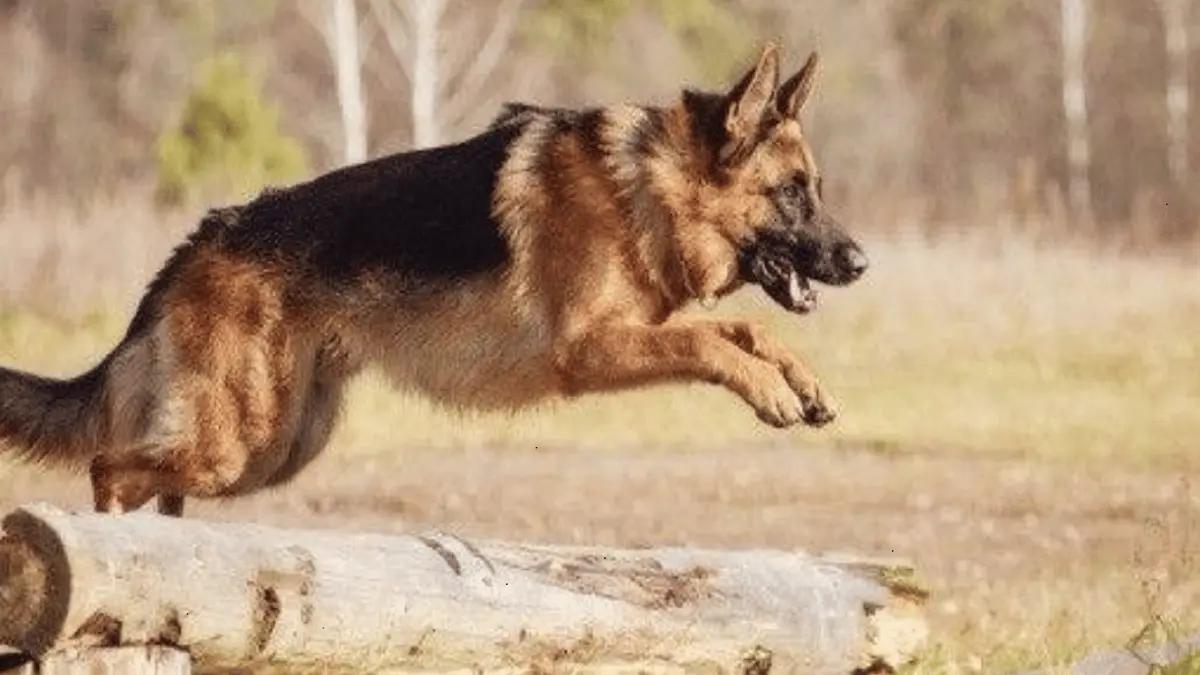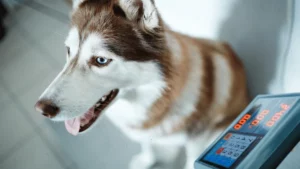5 Tips For Domesticating An Aggressive Dog
Transform your aggressive dog into a loving companion with these 5 tips. Learn how to train, socialize, and create a safe environment.
Dogs can be aggressive, and it’s not only directed toward people but also to other animals. They can also be aggressive toward inanimate things like vehicles, yard equipment, wheels, and others.
There are different types of dog breeds like American Staffordshire, German Shepherd, Basset Hound, Labrador Retriever, and Yorkshire Terrier, among others. You need to understand each breed has different characteristics from the other.
Dogs, like human beings, need to be given good care, so they may become sociable and may grow healthy. Be considerate of what they eat and where they sleep.
You may consider making a good shelter for them and fitting it with bedding. When you’re shopping for a dog bed, ask your supplier for a cushion meant for your dog’s breed.
Common Kinds Of Dog Aggression
In case your dog constantly growls, snaps, or bites, this can be an indicator of a serious problem. Such actions are the early expressions of a desire to be violent. If left unchecked, the situation could worsen.
Here are several forms of dog aggression:
- Territorial: it’s an act of your dog to defend their space from strangers and intruders.
- Protectiveness: a dog may protect members of its pack; for instance, a mother dog may be aggressive and hostile to protect her puppies.
- Possessiveness: your dog may be protective of its food, toys, and bones.
- Defensiveness: most dog attacks are an act of defending themselves.
- Frustration: sometimes, a dog may be in an awkward situation like inside a fenced yard or restricted by a leash; if they’re unable to deal with it inwardly, they project the frustration outwards.
- Attention seeking: when your dog needs a potential mate, it may turn to be aggressive.
How To Domesticate Your Dog
Now that you’re aware of the kinds, you may also need to know how to domesticate your dog to take care of its aggression. Below are some good tips you can do:
1. Get Professional Advice
In case your dog develops extremely unpleasant mannerisms of wanting to attack you, especially when disciplining it, it’s advised you ask a professional to help you in taming it. A certified trainer has excellent skills that’ll help your dog with behavior modification.
At other times, combative habits could be a sign of a medical problem. Consult your veterinarian to diagnose the cause of aggressiveness in case it’s a medical issue. Health issues that may trigger your dog are painful injuries, hypothyroidism, and neurological disorders like brain tumors, epilepsy, and encephalitis.
2. Avoid Punishments
Many dogs tend to become more aggressive with actions like a severe beating. Unreasonable punishment may backfire and escalate to the point of your dog attacking you. By all means, avoid yelling at your dog or hitting them.
3. Make Your Dog Social
Dogs that aren’t socialized usually develop a character called pack-defense or the act of defending their own. When your dog isn’t taught to interact with other animals and strangers, they may regard everyone as an intruder. You need to tame your dog not to behave defensively to you and others.
Whenever there’s a chance to introduce them to an animal or someone new, seize the opportunity. Dogs will come to realize it’s okay to welcome outsiders and become more welcoming to them. In case such opportunities hardly appear, you may consider hiring a professional trainer to tame your dog.
4. Enroll Your Dog In Obedience School
Overly aggressive dogs can be transformed by consistent and strict training. If you’ve not done this before, you can enroll your dog in a school. This training is meant to create a learning routine that may raise the agitation threshold. Such classes are done in a group format where your dog is taught distraction management and also social interaction. In situations where your dog defies orders to lead the pack, then one-on-one classes might work best in teaching your dog obedience.
5. Use Medication
In some cases, even with training and encouragement, spaying and neutering may not yield the desired results. As a result, you may subject your dog to a kind of medication program to overcome aggression. Consult with a medical expert to have a proper prescription.
Remember, any kind of dog aggression shouldn’t be ignored. Aggressions may be an indicator of some underlying problems. As you’ve seen, your dog can be tamed to exercise restraint when angered or frustrated. Once you’ve known the cause of the aggression, it becomes easy to form a solution and deal with it. Consider the tips mentioned above as you treat your dog’s condition.














